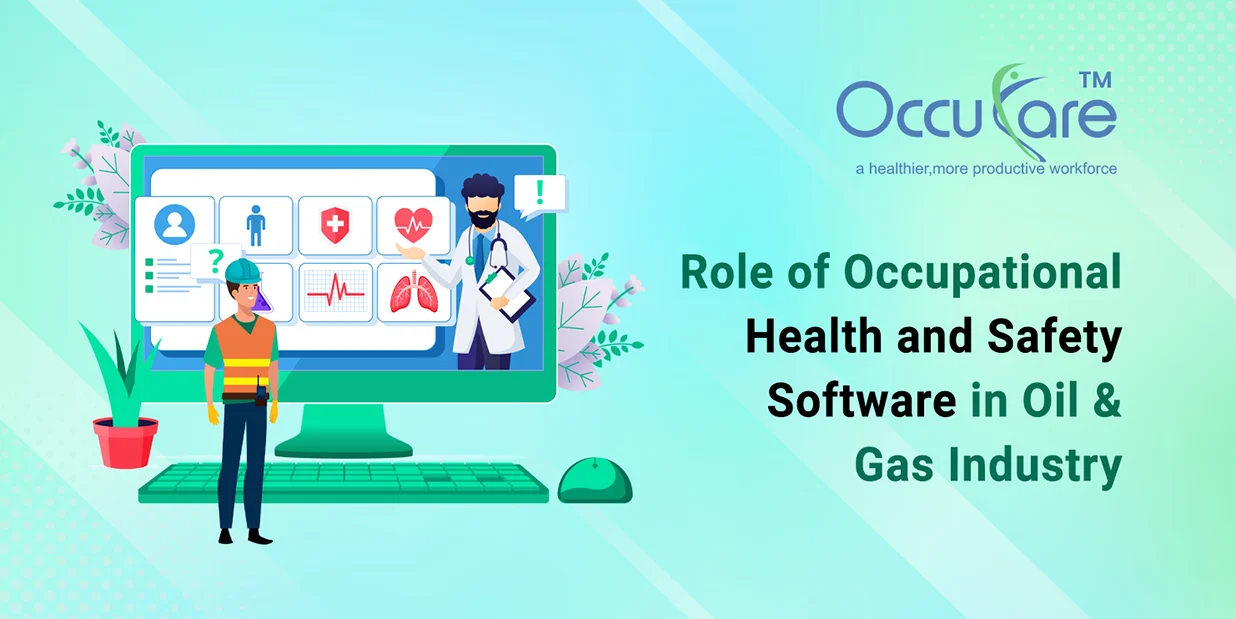The manner tasks are performed at the workplace, particularly shared terminology and what matters to managers and employees, is referred to as work environment. Instead of relating to a company’s particular safety policy, safety culture refers to the thoughts, attitudes, and behaviors in the workplace, executives, management, and owners with regards to workplace safety. A strong and effective health and safety program rely heavily on healthy safety culture in the workplace.
Every culture is distinct, with subcultures based on level, profession, tenure, and ethnicity. Leadership, managerial, and supervisory styles and objectives, peer pressure, workplace circumstances, and design and production logistics are all variables that impact workplace culture. Culture is a mysterious aspect that emerges from a mix of deliberate and unintentional cause and effect outcomes.
The significance of culture:
There are so many clichés about the value of company culture that the concept of a strong culture has become a cliché. We frequently just nod and go on. However, it is significant. Many of our accredited companies already have solid OHS management systems in place, as well as high levels of OHS training, top-of-the-line equipment, and efficient monitoring mechanisms. Despite this, events involving safety continue to occur. Trend research among these organisations frequently uncovers similar basic reasons, which are frequently centered on a lack of safety culture.
Enhancing Your Company’s Health and Safety Management system:
Enhancing health and safety practices has a beneficial impact on health and safety culture, which leads to a work environment that values health and safety.
Strengthening an organization’s health and safety management system and productivity clearly demonstrates that the organization values:
- Injury prevention
- Risk reduction
- Occupational health and safety issues are being addressed.
- Investing in prevention and control measures
- Enlisting the participation of the entire workforce in health and safety initiatives
- Transparency and openness when it comes to health and safety
- Leading the way in terms of health and safety performance and striving for continuous improvement
Top 6 Signs That Your Company’s Health and Safety Culture Is Broken:
1. Security does not begin at the top:
Once your senior team is fully committed to safety, the rest of the firm will follow. People are influenced by what they see. It will, on the other hand, bring your entire safety culture to a halt. Ensure that all of your executives, managers and supervisors are following your safety strategy.
2. Inadequate communication among divisions or branches:
Make sure you have a clear plan in place that outlines specific duties for each department and team member. Uncertainty leads to flaws in your safety strategy. Ensure that plans are reasserted on a regular basis and that each department is informed of every aspect of the plan, with the end objective of the complete safety system’s success.
3. Accident and event reporting that has not been completed:
It was observed that the majority of workers failed to inform their supervisors of any safety issues. Allow your employees to remedy or at the very least report safety problems before they occur. Your company should accurately report any incidents and occurrences, as well as assist in the improvement of your safety plan and the strengthening of your safety culture.
4. Assigning blame:
It is widely assumed that individuals directly involved in an accident bear culpability. Everyone should be responsible for their own safety. Individuals are frequently blamed when injuries occur.
5. Expense and a totalitarian focus on profitability:
In some organizations, profitability is the only thing that matters. Safety and health are regarded as extra expenses. Corporations do not want to spend money on suitable PPE and other equipment, overworked personnel, or a cost-cutting strategy. In the long run, an emphasis on safety will save businesses money. Investing in your safety policy, both economically and culturally, is always a good idea.
6. Following up or improving after an occurrence is avoided:
Accidents can happen at any time, even with the best training and precautions. If an accident occurs on your job site, you should assess your safety culture and take steps to prevent future incidents. This will help to promote the good culture of your company. The majority of the time, companies merely document the mishap and file it away without conducting any further investigation or follow-up.
“Correspondence based on mutual trust shared ideas of the significance of safety, and trust in the efficacy of preventative actions” describe organizations with a positive safety culture. This viewpoint has led to a growing awareness of the need of addressing safety culture, and good management of safety performance will undoubtedly assist you in improving your organization’s health and safety culture. Check out the health and safety software.
For progress, global health research is critical. The unequal distribution of scientific research and finances directed toward communities experiencing the world’s most serious health problems is a big concern. This disparity is encouraging huge efforts to refocus research on low- and middle-income countries’ health issues. The Canadian Society for International Health (CSIH) began to examine the role of NGOs in global health research after the Coalition for Global Health Research – Canada (CGHRC) was established in 2001. This article examines some of the current thinking and aims to elicit new ideas on how NGOs may play a more active role in this area.
NGOs are involved in all stages of the research cycle, helping to ensure that the study is relevant and effective, as well as identifying priorities and translating knowledge into action. They play an important role in stewardship (promoting and campaigning for important global health research), research resource mobilization, knowledge generation, utilization, and control, and capacity building. However, NGOs’ participation in research is usually in the aftermath of knowledge production, and it typically consists of a collaboration with universities or specific research bodies.
There are subgroups based on rank, occupation, tenure, and ethnicity in every culture. Workplace culture is influenced by a variety of factors, including leadership, managerial, and supervisory personalities and objectives, peer pressure, workplace situations, and design and production logistics. Culture is a strange phenomenon that results from a combination of purposeful and unintended action and reaction results.
NGOs are involved in all stages of the research cycle, helping to ensure that the study is relevant and effective, as well as identifying priorities and translating knowledge into action. They play an important role in stewardship (promoting and campaigning for important global health research), research resource mobilization, knowledge generation, utilization, and control, and capacity building. However, NGOs’ participation in research is usually in the aftermath of knowledge production, and it typically consists of a collaboration with universities or specific research bodies.
There are subgroups based on rank, occupation, tenure, and ethnicity in every culture. Workplace culture is influenced by a variety of factors, including leadership, managerial, and supervisory personalities and objectives, peer pressure, workplace situations, and design and production logistics. Culture is a strange phenomenon that results from a combination of purposeful and unintended action and reaction results.








